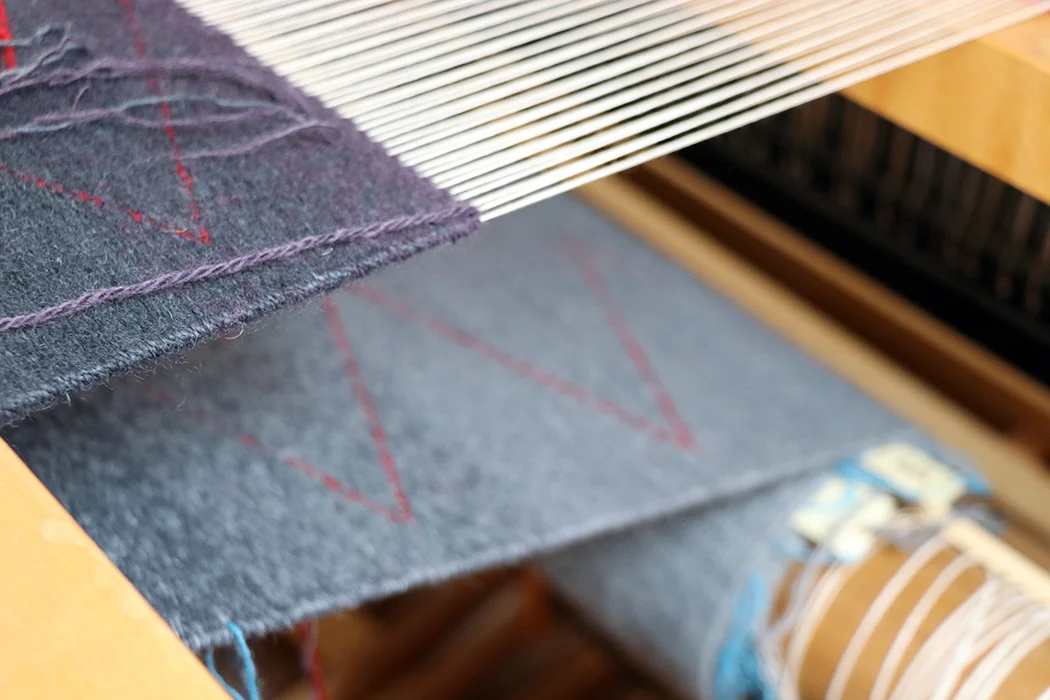Every year of the last seven years on March 4th I’ve written a blog post in honor of my teacher, James Koehler, who died unexpectedly in 2011 at 58 years of age.
Last December I gave a lecture to the Rocky Mountain Weaver’s Guild in Denver about my experiences as James’ apprentice as well as an overview of the parts of his tapestry practice that he shared with me. As I went through some new material which was generously shared by other apprentices and his sister and read through at his autobiography again, I especially appreciated revisiting the progression of his artistic work. From initial tapestries woven when he was a Benedictine monk to much less representational works later in his life, I could sometimes hear his voice talking about his inspiration, his process, and the tapestry rules he made for himself.
I’ve put a page on my website with links to more information about his work including video and audio HERE.







